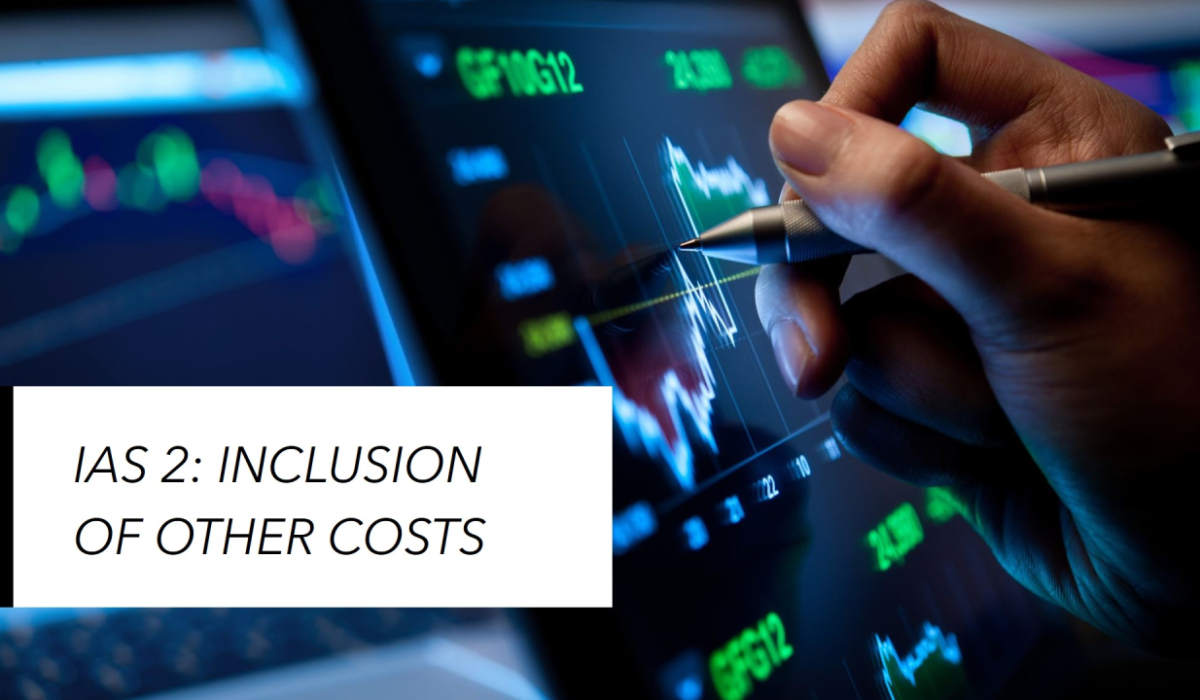Master the Complexities of Inventory Costs Under IAS 2
Navigating the intricacies of inventory cost accounting under IAS 2 is essential for businesses aiming to maintain accurate and transparent financial records. Understanding which costs can be included in the inventory’s carrying amount—and which must be excluded—can significantly impact your financial statements.
Why is it Important? Properly identifying and allocating inventory costs ensures that your financial reports accurately reflect the value of your assets, leading to better decision-making and enhanced financial transparency.
Here’s what you need to know:
1️⃣ Inclusion of Other Costs: Costs beyond purchase and conversion, such as non-production overheads or design costs for specific customers, can be added to the inventory’s carrying amount if they are necessary to bring the inventories to their present location and condition. This flexibility allows you to capture a more accurate cost of production.
2️⃣ Exclusions to Be Aware Of: According to IAS 2.16, certain costs must be excluded from inventory costs, including abnormal amounts of wasted materials, storage costs (unless part of the production process), unrelated administrative overheads, and selling costs. Properly excluding these ensures your inventory values are not overstated.
3️⃣ Storage and Transportation Costs: Storage costs are generally excluded unless they are necessary for production, such as the aging of wine or cheese. Transportation costs can be included if they are incurred in bringing the inventories to their present location, but costs related to moving inventory between retail outlets or to customers should be expensed as selling costs.
4️⃣ Non-Production Overheads: These can be incorporated into inventory costs if they contribute to bringing the inventories to their current condition and location. Each company needs to establish a rational policy for what is included, considering materiality and the specific role of various departments.
5️⃣ Financing Component: If inventories are purchased on unusually long credit terms, the inventory cost should reflect standard credit terms, with the difference recognized as interest expense. This nuanced approach ensures that financing costs do not inflate inventory values.
💡 Pro Tip: Regularly review your policies on what costs are included in inventory to ensure compliance with IAS 2 and avoid potential pitfalls. Understanding the fine line between inventory and non-inventory costs can protect your business from financial misstatements.
Ready to refine your inventory accounting practices? Let’s connect and discuss how mastering IAS 2 can enhance your financial reporting and business performance!


